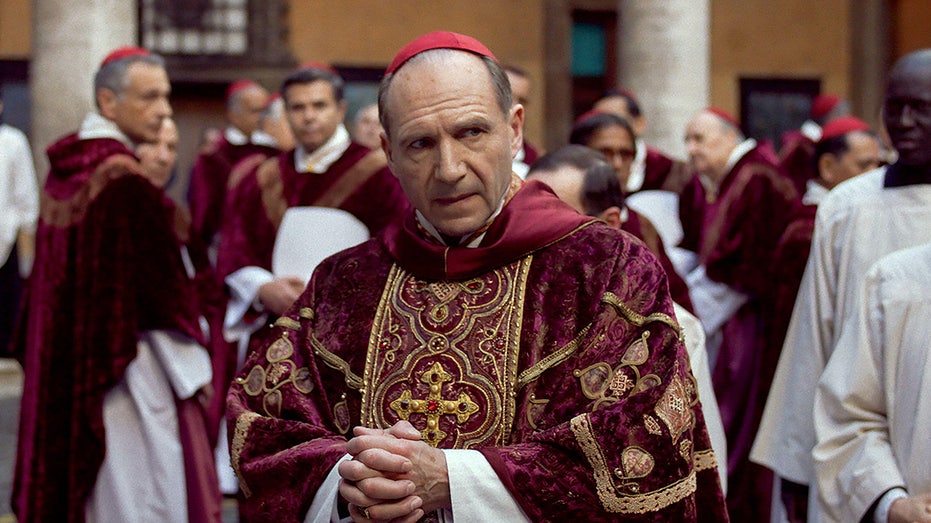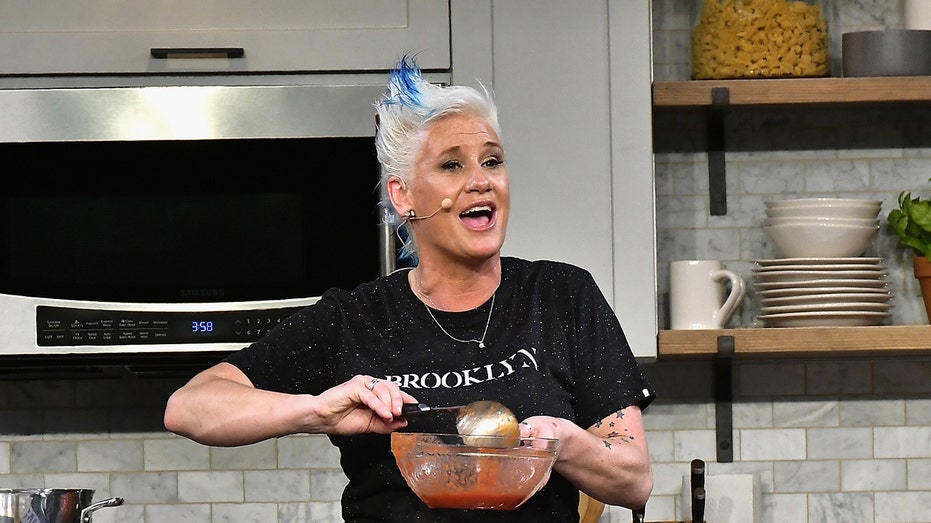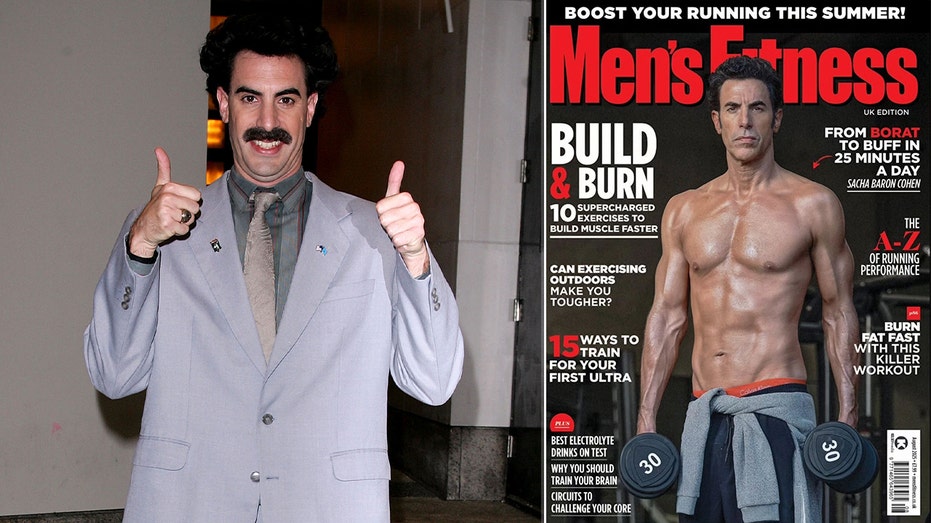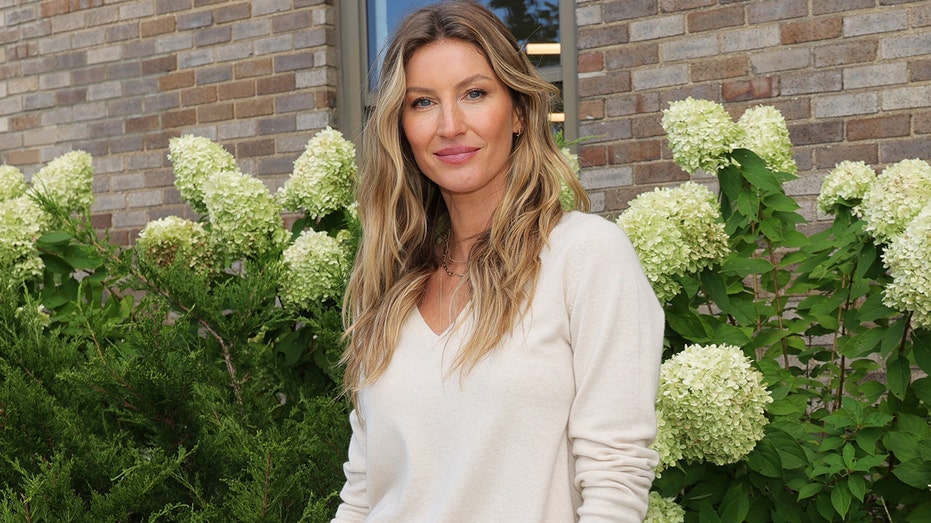‘Conclave’ Nails Papal Rituals but Paints the Church as a Relic, Say Experts
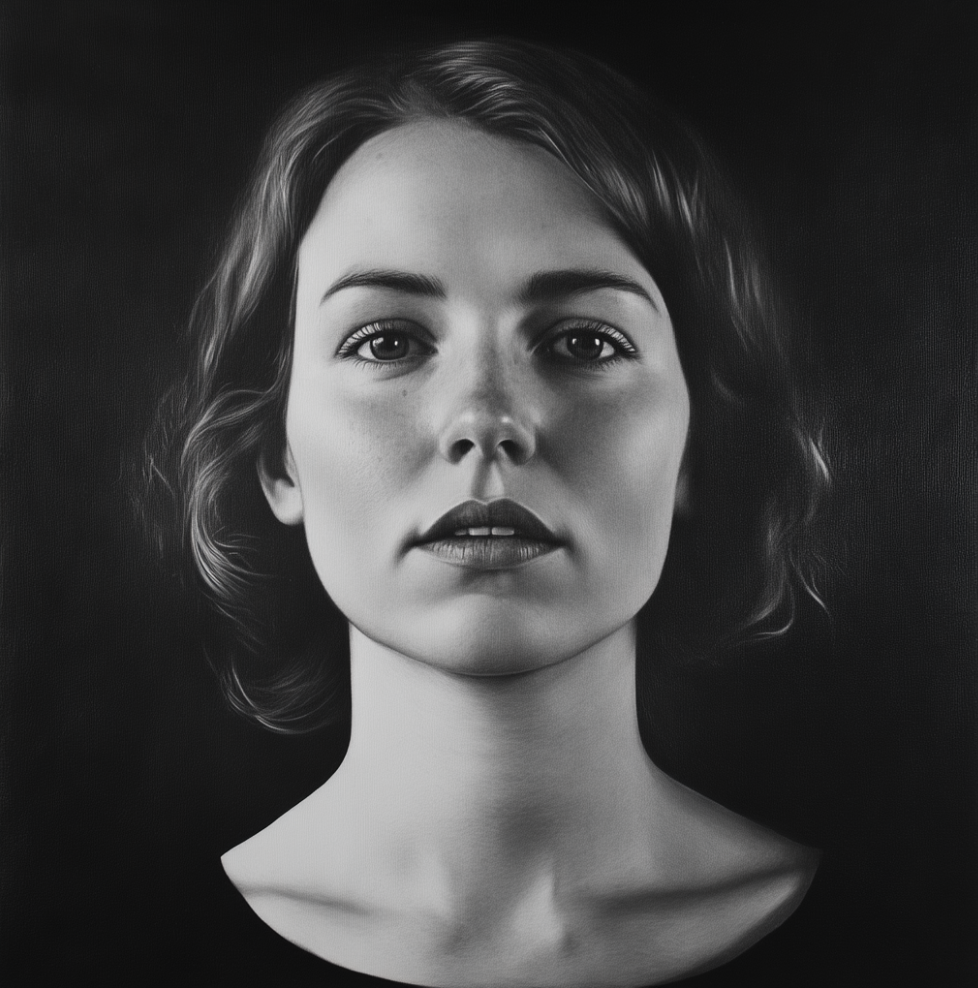
Sarah Johnson
April 25, 2025
Brief
Interest in 'Conclave' surged after Pope Francis's death. Experts praise its realistic portrayal of papal selection rituals but criticize Hollywood’s dramatic embellishments and inaccuracies.
Interest in the film "Conclave" has soared following the recent passing of Pope Francis, as viewers flock to see Hollywood’s interpretation of the secretive process that decides the next leader of the Catholic Church. But just how faithful is the Oscar-winning drama to the real-life centuries-old rituals?
The Rev. Bryan Pham, a Jesuit priest and Catholic scholar at Gonzaga University, says the film does a solid job depicting the official procedures: the timeline, the communication of a pope’s death, the global gathering of cardinals, and the formal election itself. As someone who was in Rome during the 2013 conclave, Pham even found the movie’s portrayal of cardinals debating and gossiping about the church’s future spot on—though in reality, these chats are a bit more buttoned-up than what’s shown on screen. Cardinals, after all, are still human, so there’s always a side of whispers with their wine.
"Conclave" boasts an all-star cast—Ralph Fiennes, Stanley Tucci, Isabella Rossellini, and John Lithgow—and racked up an Oscar for best adapted screenplay. But Pham points out that the film’s flair for the dramatic sometimes tips into outright sensationalism, playing up the Church’s "primitive" mystique for shock value. It’s Hollywood, after all—subtlety isn’t exactly their strong suit.
Despite some over-the-top moments, Pham couldn’t help but admire the film’s lush imagery and sharp performances. His only gripe? Rossellini deserved way more screen time. When you have a legend on set, don’t just let her hover in the background.
Raymond Arroyo, a seasoned Vatican observer who’s witnessed three conclaves firsthand, agrees that the movie gets the basics right. The film’s ritualistic details—the solemn ballot process under Michelangelo’s Last Judgment, the locked doors, the guarded secrecy—are all accurate. But Arroyo found the movie’s dramatic politics and wild intrigue more cartoonish than credible. If only the real Vatican was as entertaining as the movie version—minus the soap opera twists and surprise love children.
He notes that the real conclave is less cloak-and-dagger, more hotel shuttle bus. Cardinals stay across the street from St. Peter’s, hop on a bus to the Sistine Chapel, and get locked in until white smoke signals a decision. The whole "no food or water until you elect someone" tradition? That’s a throwback to when conclaves dragged on for months, not a current Hunger Games situation.
Both Pham and Arroyo agree that the film’s biggest stretch is its portrayal of doubt as central to the Church’s teachings. Arroyo calls this take "absurd," arguing that the real faith is built on certainty and tradition, not existential crisis. He also takes issue with the film’s vision of a church cut off from its roots, profiting off the very rituals it claims to outgrow. For a movie so obsessed with tradition, it sure seems eager to rewrite it.
In the end, "Conclave" gets high marks for visuals and authenticity in the nuts-and-bolts of papal selection, but loses points for melodrama and a script that, at times, feels more like a Netflix pitch meeting than a day at the Vatican. Sometimes, the ancient world just isn’t as exciting as Hollywood wants it to be.
Topics
Editor's Comments
Honestly, if the real conclave involved as much backstabbing and personal drama as "Conclave" claims, the cardinals might need an on-site therapist and a reality show deal. Maybe next time, Hollywood can just cast the Vatican as itself—at least the costumes would be accurate!
Like this article? Share it with your friends!
If you find this article interesting, feel free to share it with your friends!
Thank you for your support! Sharing is the greatest encouragement for us.
